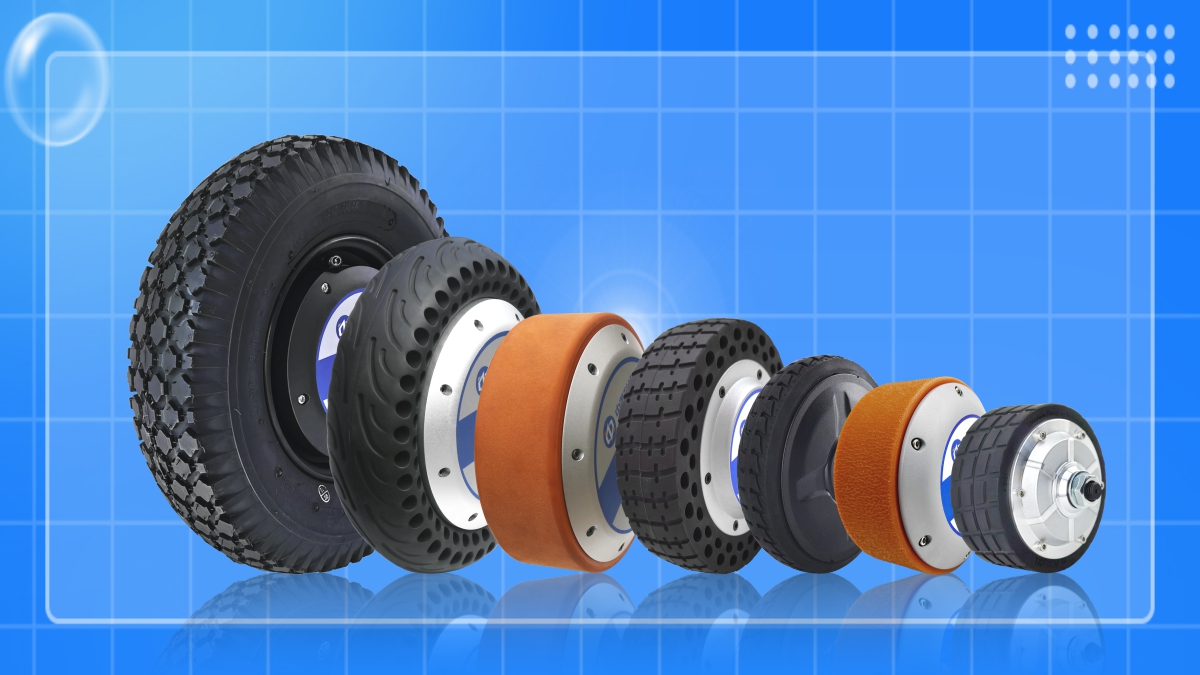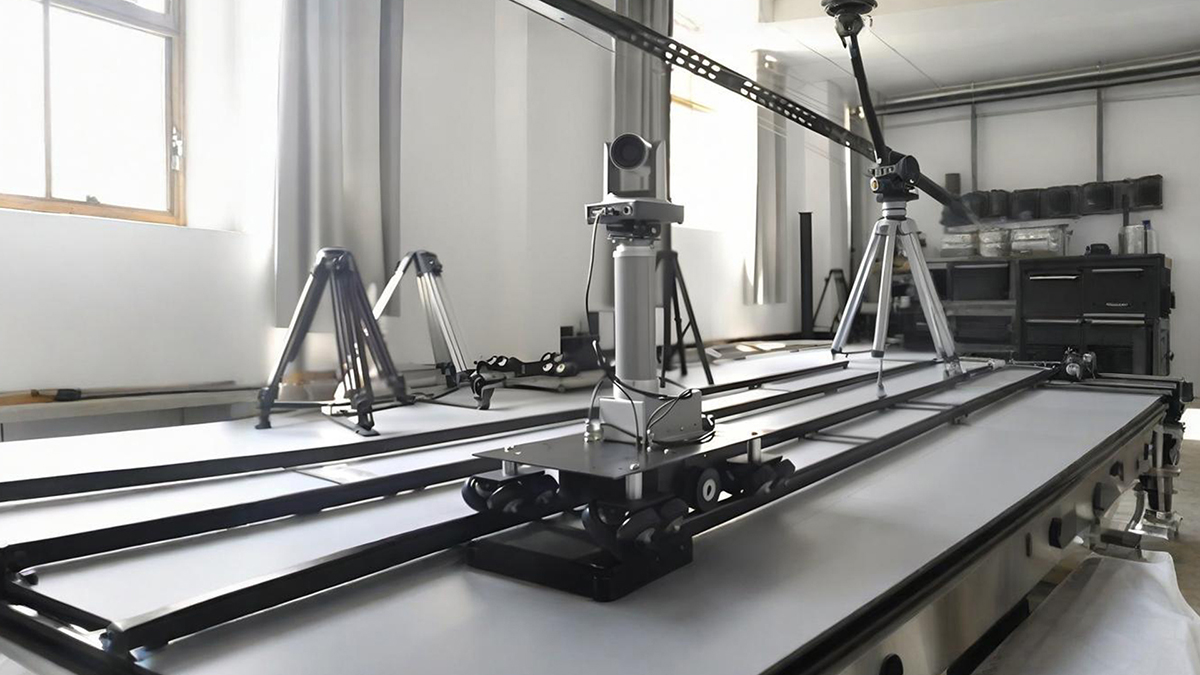Revolutionizing Mobility: How Robot Hub Motors Are Reshaping the Future of Tracked Robots
In today’s era of sweeping industrial automation, rail robots, acting as “steel sentinels” on production lines, are undertaking increasingly complex tasks. Behind the precise operation of these robots, a core technological innovation is quietly changing the game—the robot hub motor. How exactly does this revolutionary design, which integrates the motor directly into the wheel, inject new vitality into rail robots? Let’s explore its internal secrets and superior performance.
Ingenious Structure: A Revolutionary Driver of Disruptive Innovation
The design philosophy of the robot’s hub motor stems from “simplifying complexity.” Unlike traditional drive systems that require multiple intermediaries such as reducers and drive shafts, the hub motor creatively integrates the motor rotor with the wheel, while the stator is fixed to the frame. This highly integrated structure eliminates cumbersome mechanical transmission links, achieving “direct” power delivery from generation to output.
A closer look at its internal structure reveals engineering ingenuity in every detail: frameless servo motor technology allows the rotor to rotate directly around the wheel bearings, significantly reducing space requirements; a high-precision encoder is built into the motor, providing real-time feedback on speed and position information, forming the cornerstone of closed-loop control; the application of high-temperature resistant permanent magnet materials ensures continuous output of powerful torque; and the integrated heat dissipation design cleverly utilizes the airflow generated by the wheel hub rotation, solving the thermal management challenges in a compact space. This structural simplification is not only a victory for mechanical design but also brings comprehensive performance improvements to the track robot.
A leap in performance: a perfect blend of precision, efficiency, and quietness.
Thanks to the structural advantages of direct drive, the robot hub motor brings unprecedented performance to the track robot.
Precision control reaches new heights. By eliminating errors caused by transmission backlash and elastic deformation, the robot’s positioning accuracy can reach the micrometer level. Whether it’s precise stopping on the production line or high-speed, stable scanning by inspection equipment, the hub motor can achieve ultimate “point-and-shoot” control, significantly improving work quality.
The dynamic response is lightning fast. The inertia of the traditional transmission system is significantly reduced, allowing the robot to start, stop, accelerate, and decelerate almost instantaneously. The response time is more than 50% faster than traditional servo drive systems, making it particularly suitable for applications requiring frequent speed changes, effectively shortening cycle time and improving production efficiency.
Energy efficiency is significantly optimized. The direct drive method avoids energy losses associated with multi-stage transmissions, achieving a transmission efficiency of over 90%. This translates to less energy waste, lower operating costs, and a more sustainable development path aligned with green manufacturing principles.
Quiet operation improves the environment. Without the noise of gear meshing, the hub motor maintains low decibel operation even at high speeds. This not only creates a more comfortable working environment for workers but also allows the robot to be used in noise-sensitive cleanrooms, laboratories, and other special locations.
Practical Value: The Multidimensional Advantages of Empowering Orbital Robots
In practical applications, the advantages of robot hub motors translate into tangible value. Simplified mechanical design makes the structure of track robots more compact, reducing maintenance needs such as regular lubrication changes and drive belt adjustments, thus lowering the total lifecycle cost. Modular design makes installation and maintenance exceptionally easy; even complex drive systems can be quickly assembled and disassembled, significantly reducing equipment downtime.
In high-end applications such as welding production lines in the automotive manufacturing industry, material handling systems in the LCD panel industry, and wafer transfer lines in the semiconductor industry, wheel hub motor-equipped track robots are ensuring the flawless operation of critical production processes with their superior performance and reliability.
Conclusion: The Core Driving Force Towards an Intelligent Future
From its ingenious internal structure to its superior performance, the robot hub motor is more than just a component upgrade; it represents a significant milestone in the evolution of track robots. It signifies the inevitable trend of drive technology towards higher efficiency, precision, and integration. With the deepening development of Industry 4.0, this highly integrated and intelligently controlled drive solution will undoubtedly become a core competitive advantage in intelligent equipment manufacturing.
Choosing a robot hub motor means choosing a more precise, efficient, and reliable future for rail robots. Let’s join hands to embrace this revolution in drive technology and jointly propel industrial automation to a higher level.
Post time: Nov-19-2025



